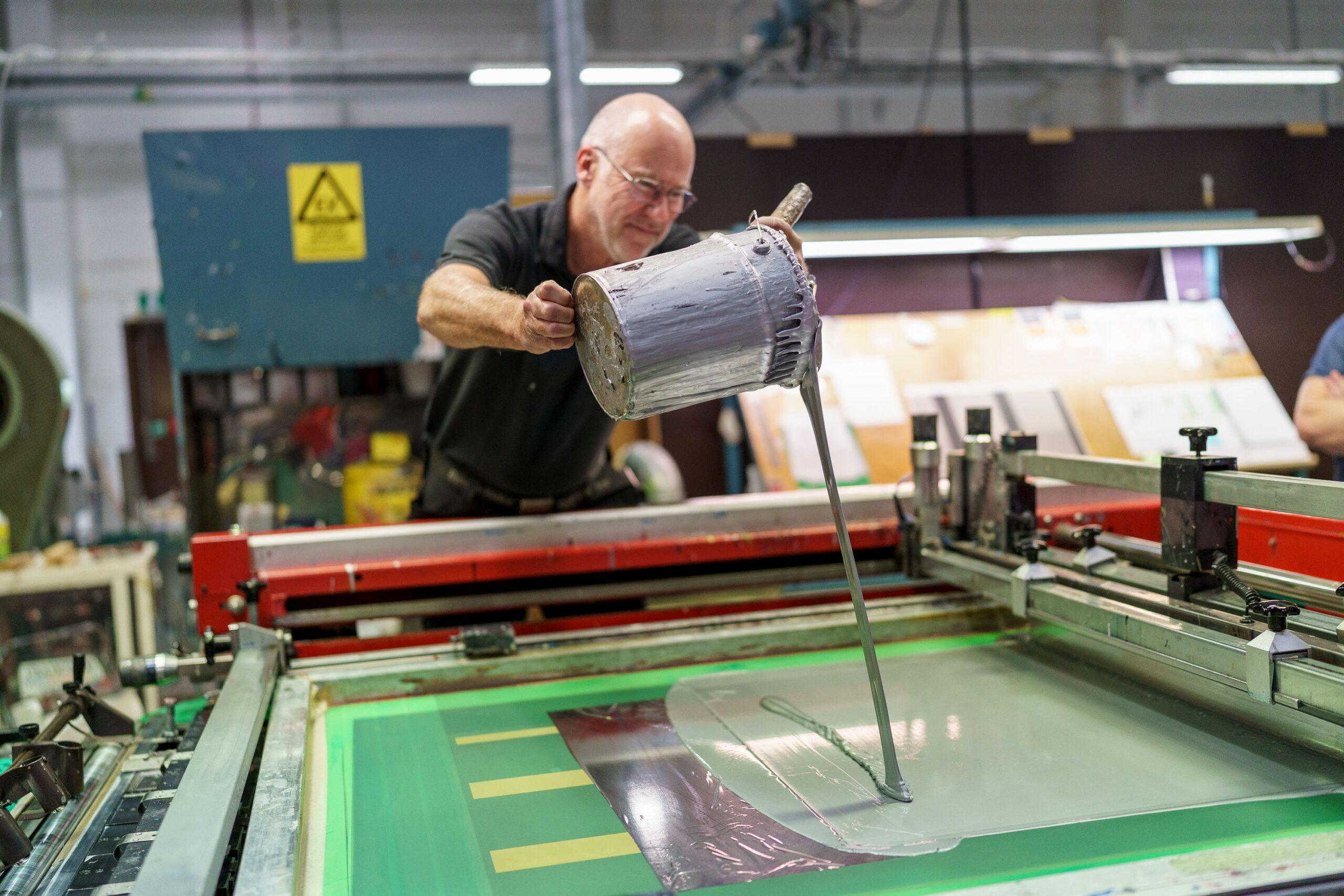We know how to create plastic prints and your own print on plastic!
Inplastor currently runs an extensive printing business. We print on plastic, wood and various other materials. With this, we have developed very high competence for printing on most materials and mainly use three printing techniques. Screen printing, offset printing and digital printing in small and large formats.
In all cases, the result is a strong and durable print surface that matches the material's high resistance to, for example, abrasion, moisture and chemicals.
Inplastor has been quality and environmentally certified since 1994. Through continuous improvement work, including in collaboration with leading material manufacturers, we can constantly develop improved printing methods and increased product quality.

The right materials in every environment
Small plastic school
Plastic, from the Latin Plasticus (malleable), belongs to the large group of polymeric materials.
Polymeric materials usually refer to an organic compound of very large molecules in long chain formations.
Polymers occur in both natural forms, such as proteins, and in synthetic form as a base in plastic materials. This makes polymers a very common material. We use them in clothing, paint, payment cards, packaging, computers, signage and many other things that are now seen as a natural part of our everyday lives.
Plastics as a material exist today in a large number of variations and compositions. Plastics are based on polymers that are built up from so-called monomers through a process called polymerization.
Various additives are then added to the resulting polymers, resulting in plastics with different properties.

